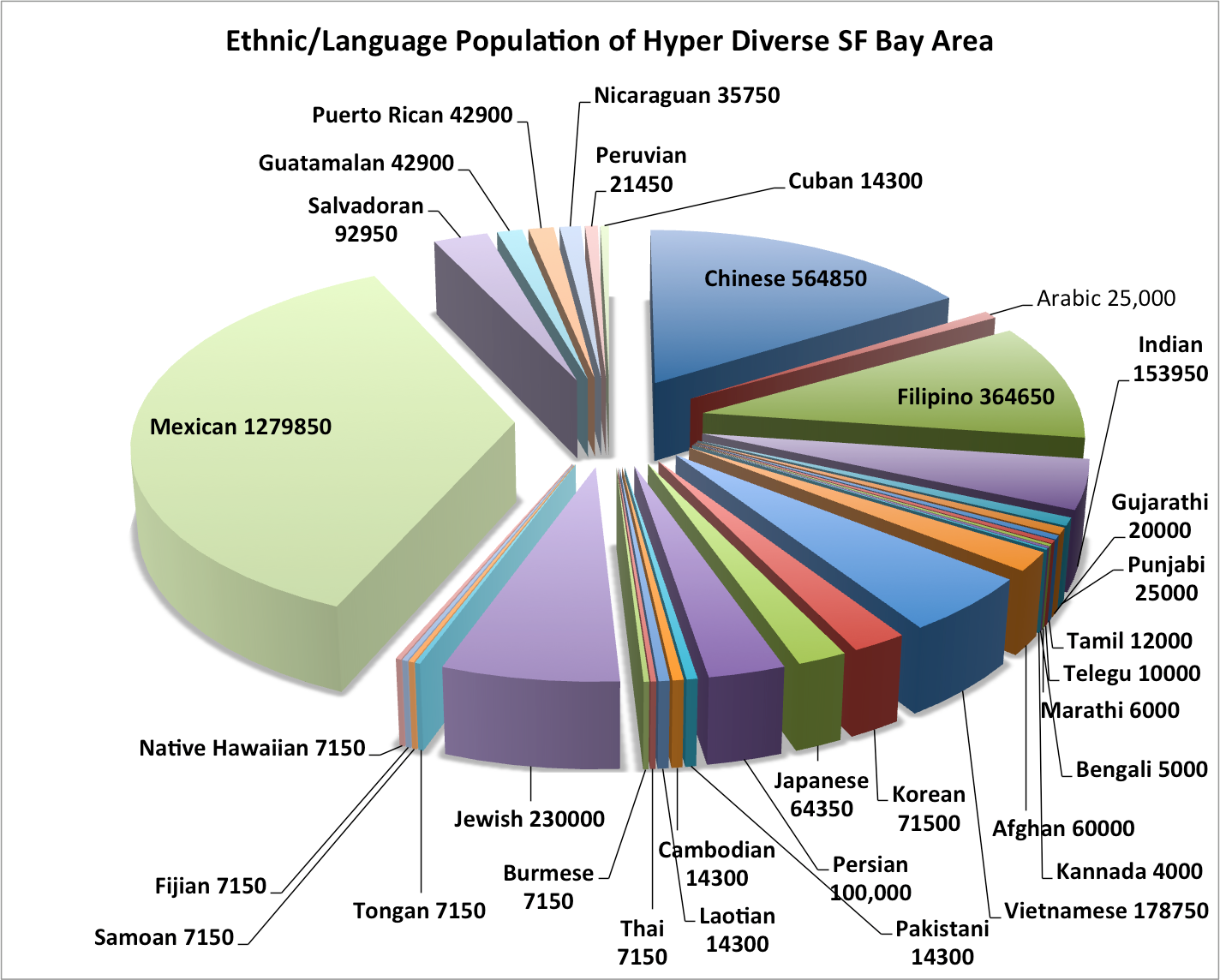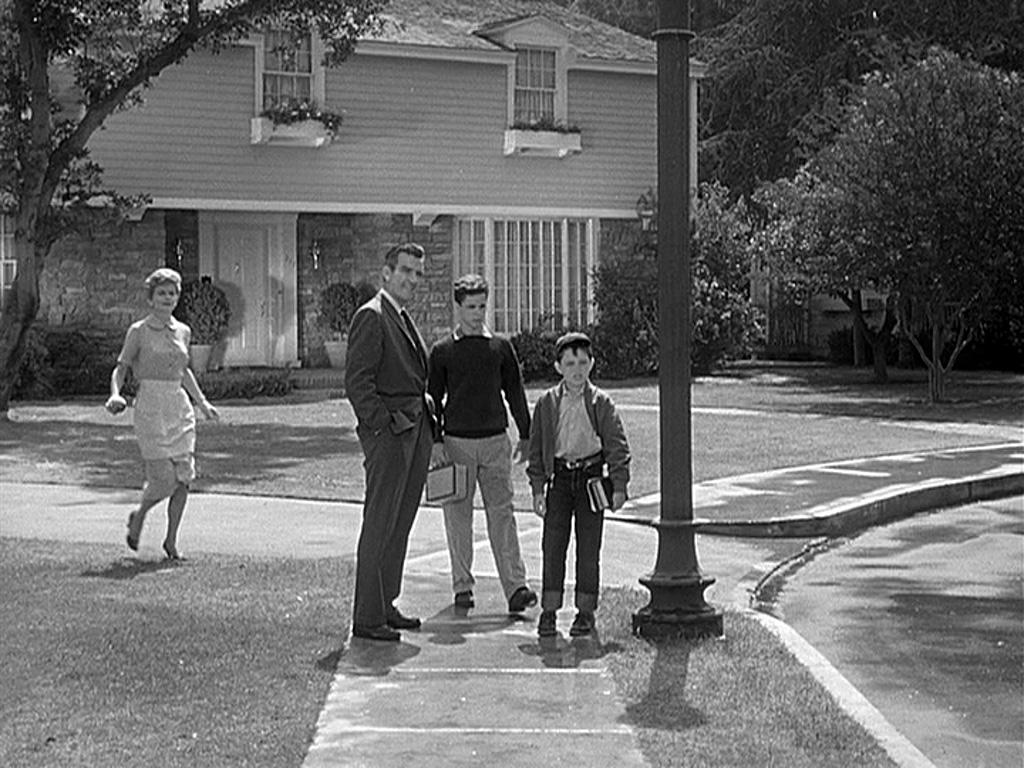Getting out of the “Leave it to Beaver” age of Evangelism
Back in the old summer days of my childhood, I had ample time to watch old reruns and “Leave It to Beaver” was the most memorable of them. The show provided me a glimpse into a time capsule from another age and time. It was so interestingly foreign and anachronistic. Everyone had a mom, a dad, a single family ranch-style house in a suburb, and a car. Everything was neat and tidy and of course, everyone was white. I’m guessing everything was closed on Sundays so everyone could goto church and Sunday school. That’s not my world here in the Bay Area. A lot of people don’t own cars. Single family homes are rare, and with all the garbage and homelessness on the streets, things are not so neat and tidy. But there’s also tremendous beauty, mostly because of the people who come from so many diverse backgrounds, ethnicities, cultures, orientations, and more. focusing in on ethnicities, I’ve gotten to know just a fraction of them through many conversations and cuisines. Here’s a graph of the ethnic population in my world, people I never saw in those old Beaver reruns.
 (graphic courtesy of YWAM-San Francisco)
(graphic courtesy of YWAM-San Francisco)
I remember learning that there are 60 ethnic groups in the Bay Area that come from places where there is no church. During the “Beaver” days, missionaries were sent into the world. Today, much of world has come to cities like mine.
Too many Christians are trained to “evangelize” in a way as if we were still in the Beaver era, as if we were still living in the pre-civil rights 1950s. This worked effectively in past generations when many of the popular Gospel presentations were written before immigration opened up in the mid 1960’s to waves of immigration from the East. Trouble is, many Christians are not even aware that their approach is rooted in that bygone era; for a large majority, there is no other known option. So we keep sharing a Gospel that’s very propositional, one that assumes an individual sense of self, one that assumes an authority of Scripture, and one that appeals to guilt. In other words, the very way we share the Good News invisibly says, “this is a Western gospel.” At its worst, this approach says “you are welcomed if you’re like us culturally.” Perhaps it’s no wonder why the church in China did not grow phenomenally until after all the Western missionaries were removed when the China turned communist. For cultures that don’t relate to the West, they face unnecessary thresholds to the Gospel.
This problem of a Western approach is compounded by an age-old rural approach to the Bible, and henceforth, a rural approach in our methodology. This approach is losing grip in the context of today’s world, where the world’s majority are now living in cities. Consider the skyrocketing number of people who live in cities over the past one hundred years (https://ourworldindata.org/urbanization):
- 1900 – 8%
- 2014 – 54%
- 2050 – 60%
Besides the fact that the world has been quickly urbanizing, our US population is quickly diversifying, and not just in places like the Bay Area. In the US, the minority culture will soon outnumber the majority culture. This will be true in the nation’s colleges within a decade (and already true in many colleges), and will be true with the overall US population in a few decades. So our world is BOTH urbanizing AND “Asianizing.” Yet, training to reach these people who have come to our doorsteps is vastly underdeveloped. This is sad when we consider that both of these aspects together represent the forefront of missions today. Even two decades ago, theologian Ray Bakke said:
“Asianization’ and urbanization are the twin engines propelling the planet into the next century… Missions is no longer geographically distant, they are culturally distant.”
How did our churches get here?
For decades, we’ve seen “church-flight”, where churches leave the urban core to move to suburbs. Sometimes, these suburban churches end up being “clumped together” in “church row.” When I visit these churches, I watch my driving, knowing that most every car will be a church-goer (where I need to pay attention since I’m often the preacher). I’m not saying that there shouldn’t be churches in suburbs. People live there and need churches. But we must guard from letter our non-urban perspectives curtail God’s heart for those in the margins, typically those we find in urban centers. With our globalizing world, such a narrow perspective would only drive our well-meaning church programs to greater irreverence, and build even bigger thresholds to those who need to experience the love of Jesus.
I interacted with a lot of missionaries, many of whom never heard of “Leave it to Beaver.” Yet the way they are being trained to share Christ’s love for people still assumes that “guilt tripping” people is the only way. One ministry led by a former child star even calls his minister “The Way of the Master.” With all due respect to Mr. Cameron, it’s not “The Way.” And in my context, it’s a horrible way. Read more here.”
in 2006, I was asked to help train missionaries from the Asian-american ministry of Cru. I aimed to illustrate how our home culture can so bias us in the way we share Christ’s love. What if the traditional Gospel were expressed from more of an Eastern, familial context? Here’s an imaginary Gospel tract I wrote up for that training. I eventually joined their Leadership Development team so I along with our team could deploy to all our U.S. staff a framework to break away from evangelism that assumes a “Leave it to Beaver” context.
And finally, I offer a post on the ultimate covering for our shame.

Great analogy – very convicting!